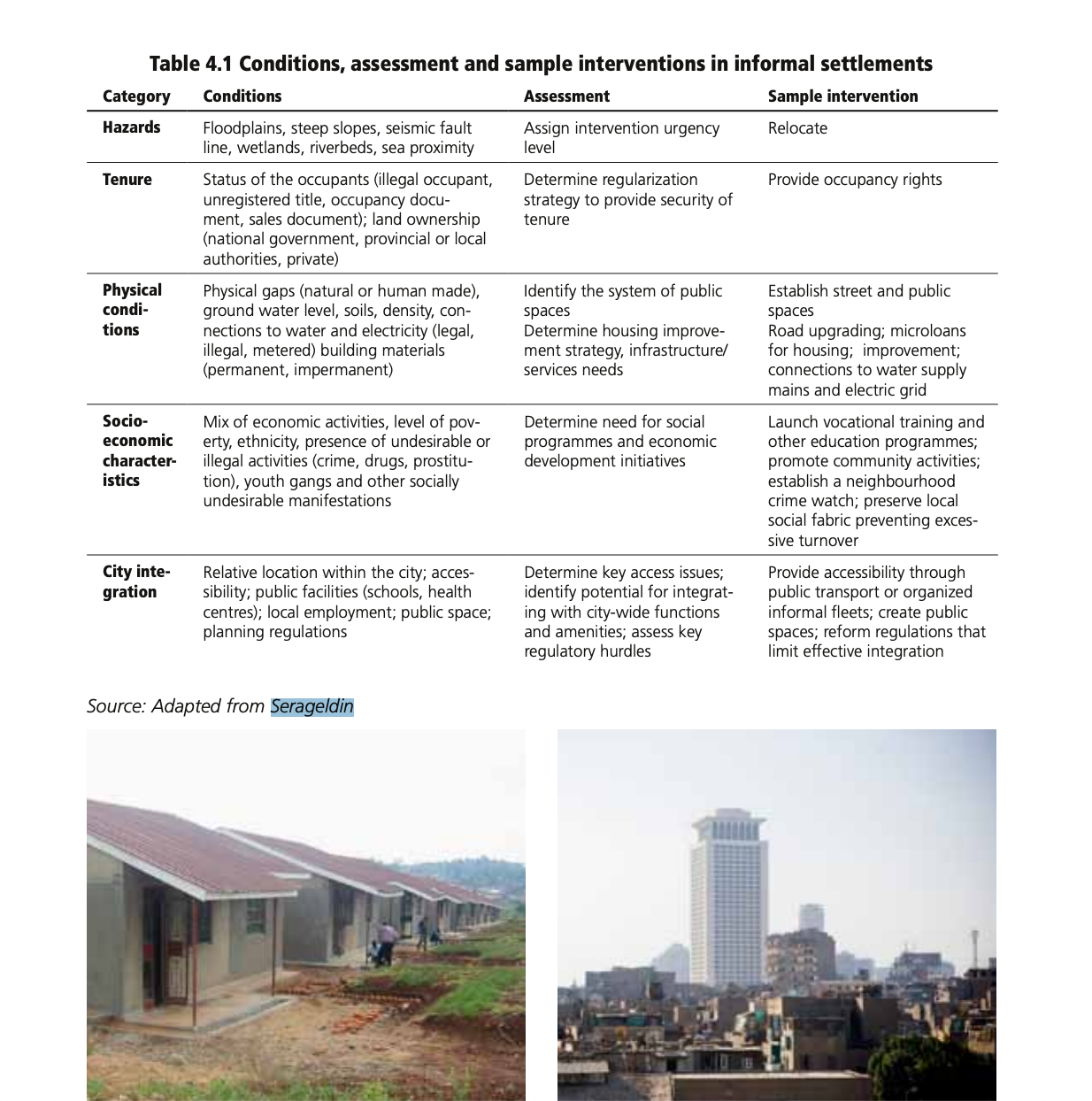Abstract
In 2016, Mona Serageldin and I2UD contributed a workshop presentation, “Urban Resiliency & the Challenge of Coordinating Climate Adaptation Strategies at Different Scales.” The “Workshop on Infrastructure Resilience II: Advancing Planning and Design Tools” was organized by the Zofnass Program for Sustainable Infrastructure under the Harvard University Graduate School of Design.
Documents include the presentation and presentation text for “Urban Resiliency & the Challenge of Coordinating Adaptation Strategies at Different Scales.”
Learn more about I2UD’s current research on Climate Resiliency improvement strategies, at our main site: “AI Climate: A Decision Making Tool for Climate Resilience: Using AI to Identify Climate Change Hazards in the Cities of the Global South.”
Excerpt
[Excerpt: Presentation Text, by Mona Serageldin, for “Urban Resiliency & the Challenge of Coordinating Climate Adaptation Strategies at Different Scales”]
“Urban Resilience is a cornerstone of the UN 2030 Sustainable Development Goals and will be at the center of the discussions at the Habitat III conference. Climate experts and environmentalists are developing tools to assess the regional manifestations of climate change, but reliable prediction tools at the local level are still lacking. Professor Charles Kennel and his colleagues have demonstrated that multiple environmental stress factors interact with local micro-climate and ecological systems to produce different effects at different locations and hence different levels of exposure. They advocate regional assessments as a basis for local action.”
“Settlements in risk areas will differ in location, urban patterns, social characteristics, sources of livelihood and cultural particularities which in combination will shape vulnerabilities to climate change related effects. The focus on informal settlements will highlight the social dimension of exposure to the risks associated with climate change, which are often aggravated by human action. We will present two cases, Arusha, Tanzania and Cartagena, Colombia to illustrate the challenge of resilience building.”
“City and community responses to past weather events provide a good indication of the technical and managerial capacity of local authorities and the ability of vulnerable groups to protect themselves and their assets. Local resilience requires dynamic urban planning and management and an observatory capable of monitoring change in selected environmental indicators and mapping the spatial configuration of affected areas and systems. This task is facilitated by access to aerial photography and GIS. Land issues are critical to the effectiveness of local adaptation strategies, but their impacts tend to be underestimated.”
| Project Year: | 2016 |
| Project Type: | Workshop; Presentation |
| Geographic Regions: | Arusha, Tanzania / Cartagena, Colombia |
| Reports: | Zofnass Program Workshop Infrastructure Resilience II: (Presentation, April 2016) Zofnass Program Workshop Infrastructure Resilience II: (Presentation Text) |
| Authors: | Mona Serageldin; Alejandra Mortarini; Barbara Summers |
| Sponsors: | Zofnass Program for Sustainable Infrastructure, Harvard University Graduate School of Design |
| Categories: | Climate Change and Resilience Building |
| ID: | 2016_04_001 |


